
Virginia Fishes New Muskellunge (Esox masquinongy), walleye and
Description The largest of the pikes, the muskellunge is long and slender, with a mouth full of razor-sharp teeth. This species differs from other members of the pike family in having both the gill cover and cheek scaled only on their upper halves, and in having a row of 6 to 9 pores along each side of the lower jaw.
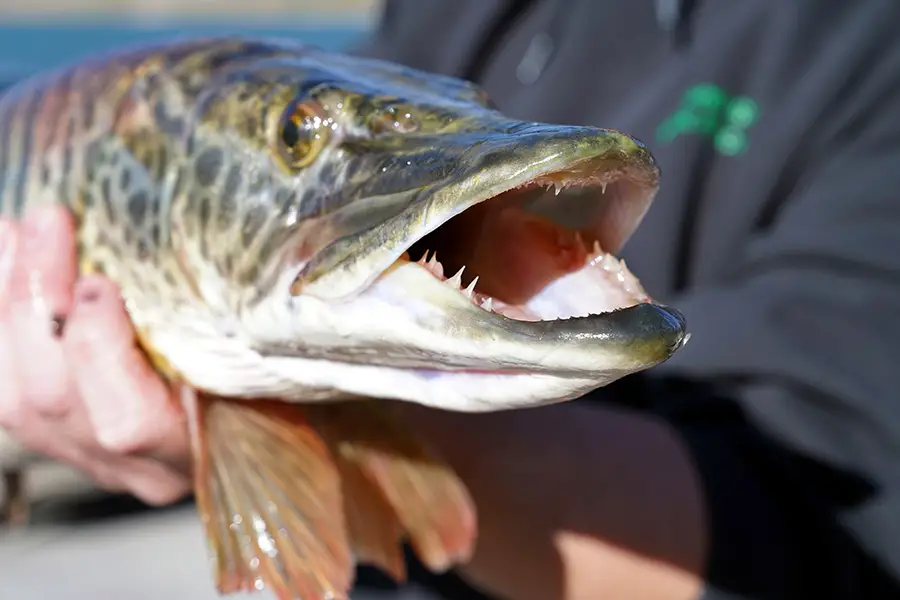
Fish With Sharp Teeth MyWaterEarth&Sky
Identification: (Native Fish) Single dorsal fin, upper half of cheek and gill cover has scales, body and dorsal fin have dark spots on lighter backgrounds, and six to 10 submandibular pores (underside of lower jaw). The muskellunge is a member of the Pike family (Esocidae). These fish are characterized by a long cylindrical body with a soft.

CT angler catches rare 26pound tiger muskie in Lake Lillinonah
The muskellunge ( Esox masquinongy ), often shortened to muskie, musky, ski, or lunge, is a species of large freshwater predatory fish native to North America. It is the largest member of the pike family, Esocidae . Origin of name
Virginia Fishes New Muskellunge (Esox masquinongy), walleye and
Muskellunge. Common Name: Muskellunge. Other Names: Musky, Maskinonge. Scientific Name: Esox masquinongy. Origin: Introduced. Adult Size: Muskellunge commonly grow to lengths of 30 to 36 inches and weights of 5 to 10 pounds, with occasional larger individuals.Females attain larger sizes than males. The largest muskellunge recorded in Maine weighed 22 pounds, 12 ounces.
Musky Teeth Hatch Magazine Fly Fishing, etc.
The large "duck-bill" shaped mouth is full of pointed teeth. Muskellunge coloration can vary widely ranging from an olive to tan background with few markings to prominent non-branching, dark bars that do not extend across the back. Young muskie display prominent bars and spots. The fins are pointed and rust colored.
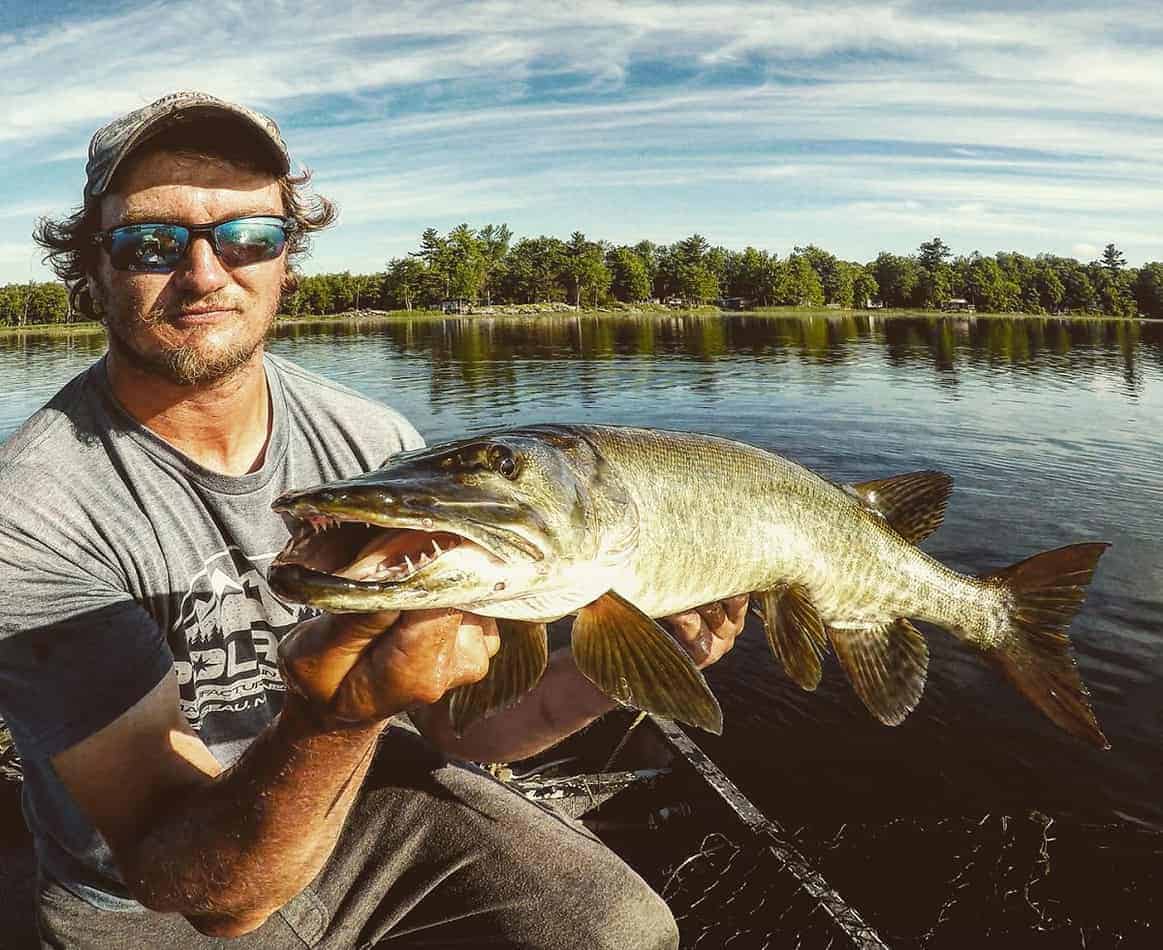
Muskie Teeth (Lots of Toothy Facts and Pictures) Strike and Catch
These fish possess a large snout full of canine type teeth and needle type teeth and are a sight feeder hunting mostly during daylight. Muskellunge are a stealthy ambush predator hunting near submerged weeds and logs. Scientific Name Esox masquinongy Common Name muskellunge Kingdom Animalia Location in Taxonomic Tree Genus Esox Species

Muskie attack? Girl, 11, recovering from scary encounter on Minnesota
The Muskellunge has a large mouth with strong canine teeth in its lower jaw and on the roof of its mouth. Its tongue features short, sharp brush-like teeth (Becker 1983).. (Minnesota DNR 2017). The hybrid Tiger muskie (Esox masquinongy x lucius) is also present in the Great. predation by fish and invertebrates on eggs and fry, prey.

Are Muskies Dangerous? When Should You Worry (and What To Do) Outdoor
With the exception of lake sturgeon, muskies are the largest freshwater fish in New York's waters, and they have teeth-big, sharp teeth. Pursuing these fish can become addictive. For dyed-in-the-wool muskie anglers, other freshwater fish are viewed as merely bait. Catch and Release Serious muskie anglers don't keep muskies, period.
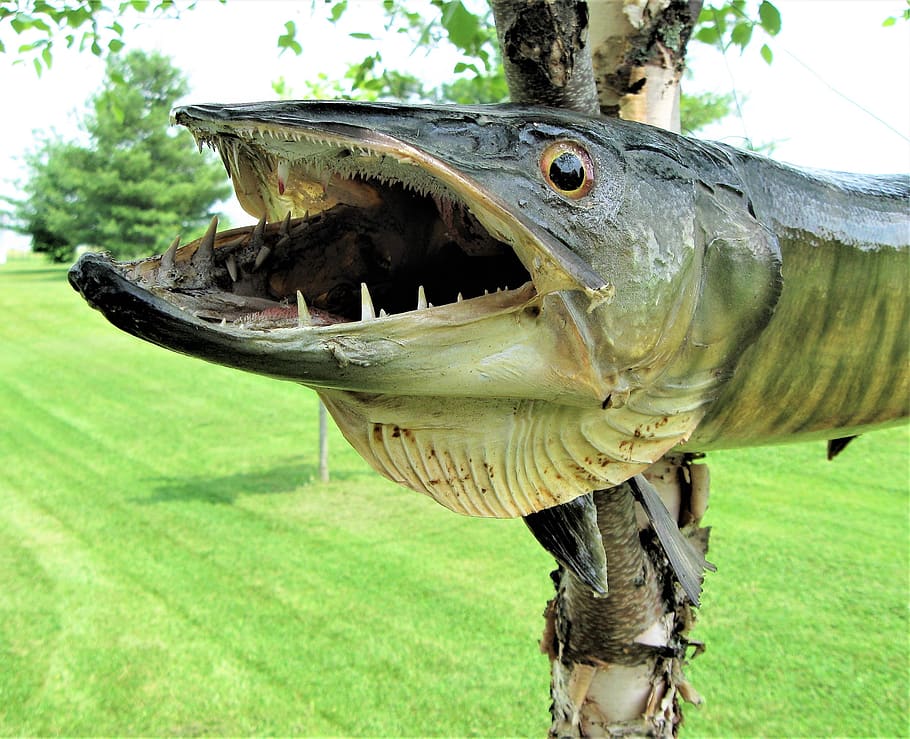
Ohio has some dangerous fish that you should watch out for Zulie
The Muskellunge fish is a light silver, green or brown color with dark vertical stripes on the side, usually breaking into spots. Muskies have a sizeable elongated bodies, a flat heads, and large mouths filled with long pointy teeth. Markings and coloration vary based on the fish's location and habitat.

The Adventures and Musing of Drew Price, Angler Tale of the Teeth
How Many Teeth Do Muskies Have? How many teeth a muskellunge has depends on age and size. For example, an adult muskie can have about 500 to 700 teeth. There are cases where larger muskies had more than 700 teeth. Muskie's smaller needle-like teeth are angled inward and can be found even on their tongue and the roof of their mouth.
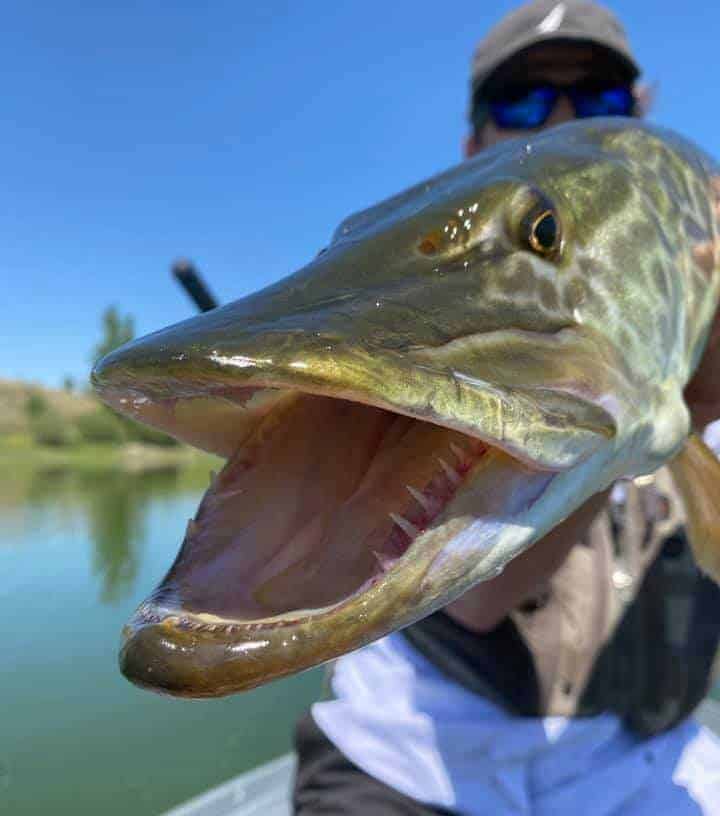
Muskie Teeth (Lots of Toothy Facts and Pictures) Strike and Catch
Muskies - Formally known as the fish of 10,000 casts; for good reason. These elusive fish are often at the top of the food chain in their respective body of water. With rows are razor sharp teeth and an anatomy build for speed, muskies have no issue eating what they want, and when they want.

Fun Musky Fish Facts
Musky are ambush predators and like all large fish or animals that have evolved to be near or at the top of the food chain in their environment musky have a very well developed set of teeth that are designed for catching prey. A muskies head has a flat, duck-billed shape that is designed for grabbing it's prey and then swallowing it head-first.
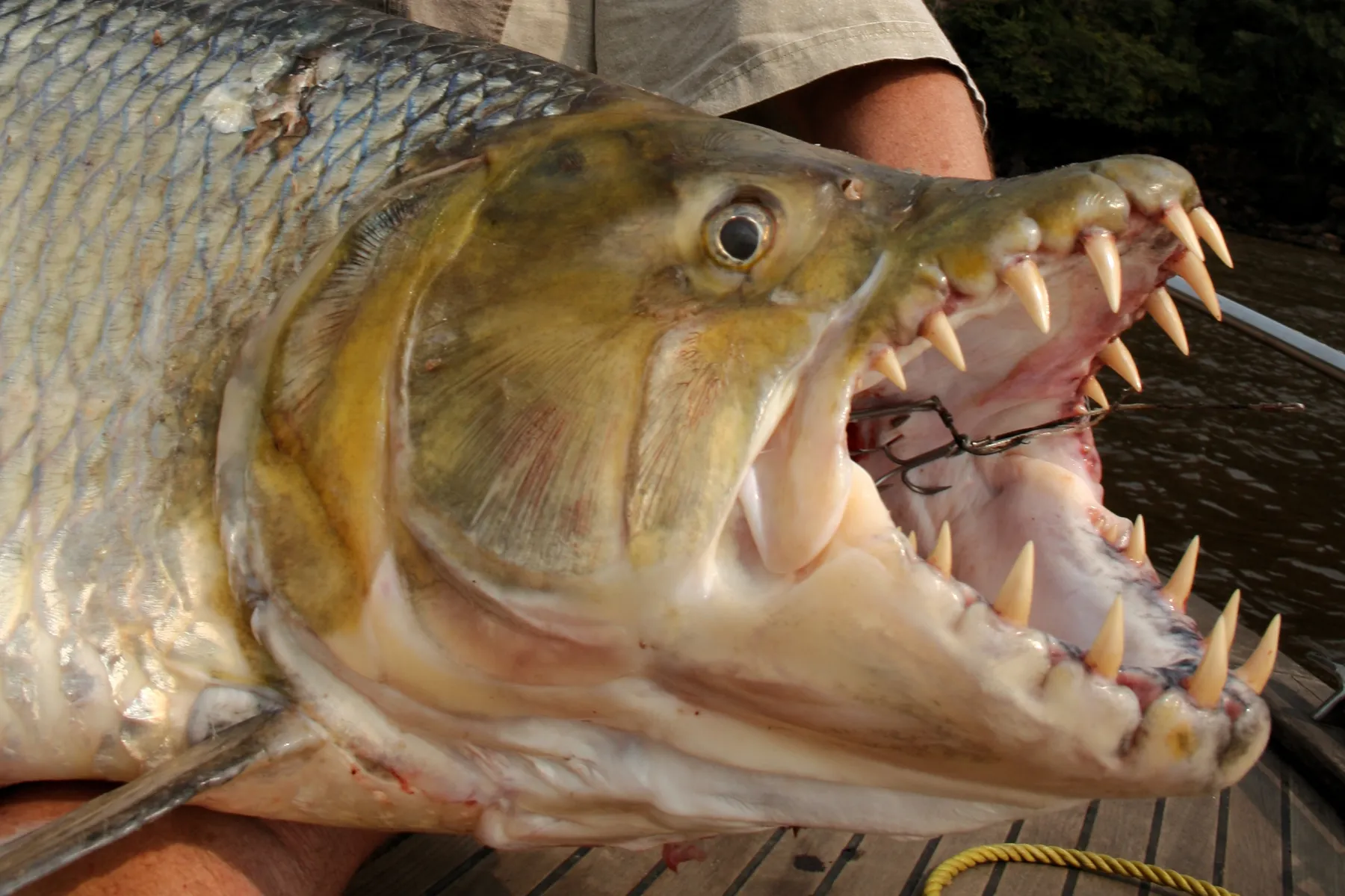
The 7 Most HardtoCatch Fish in the World — And Where to Find Them
Fishing Freshwater Fishing Pike & Muskie Fishing Muskie Fishing 101: A Beginner's Guide to the Fish of 1,000 Casts Looking to land a monster musky? Don't overcomplicate it. Here is.
MuskieFIRST Show those pix showing the teeth » General Discussion
A normal muskie can have an average of 500 teeth. However, older adult muskies can have up to 700 teeth. Muskies have two types of teeth: big canines and smaller needle-like ones. Both have razor-sharp edges that allow them to shred anything they come in contact with. How Big Are Muskie Teeth?
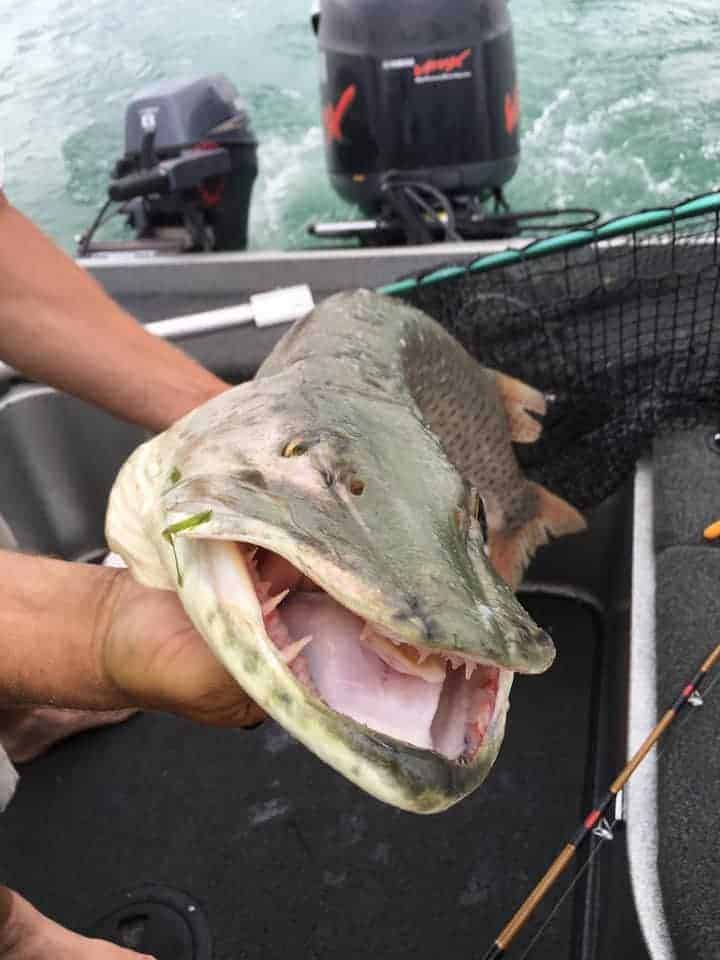
Muskie Teeth (Lots of Toothy Facts and Pictures) Strike and Catch
The tiger muskellunge ( Esox masquinongy × lucius or Esox lucius × masquinongy ), [1] commonly called tiger muskie, is a carnivorous fish, and is the usually sterile, hybrid offspring of the true muskellunge ( Esox masquinongy) and the northern pike ( Esox lucius ).

Want to Catch Monster Muskie? Our Favorite Tips and Techniques
Muskellunge, also called "muskie," are the second largest fish in Michigan, behind only the lake sturgeon. That means humans are their only predators. Muskies are found in only a small percentage of inland lakes. For fisherman, catching a muskie is difficult. The massive fish have sharp teeth that often cut through fishing lines.